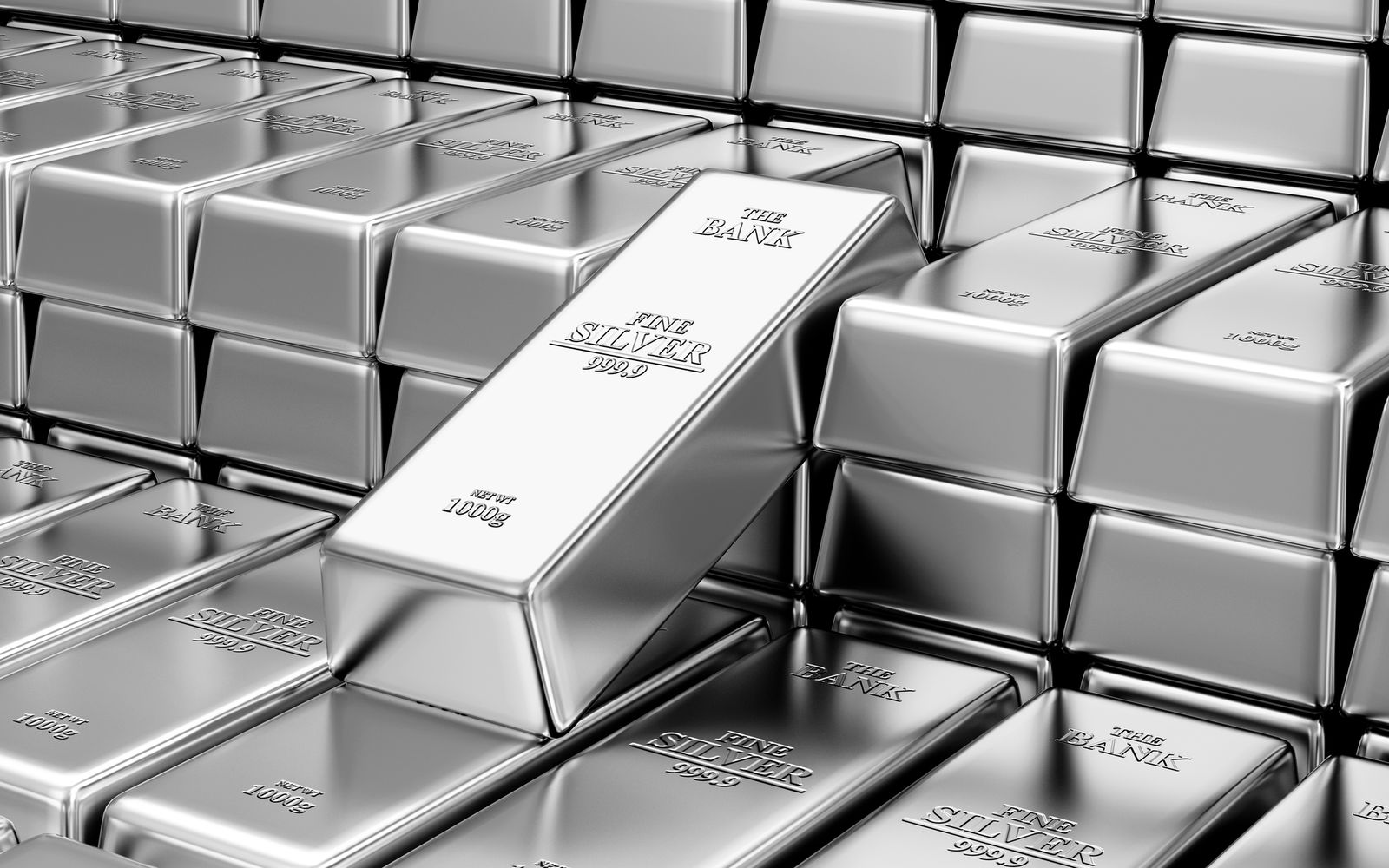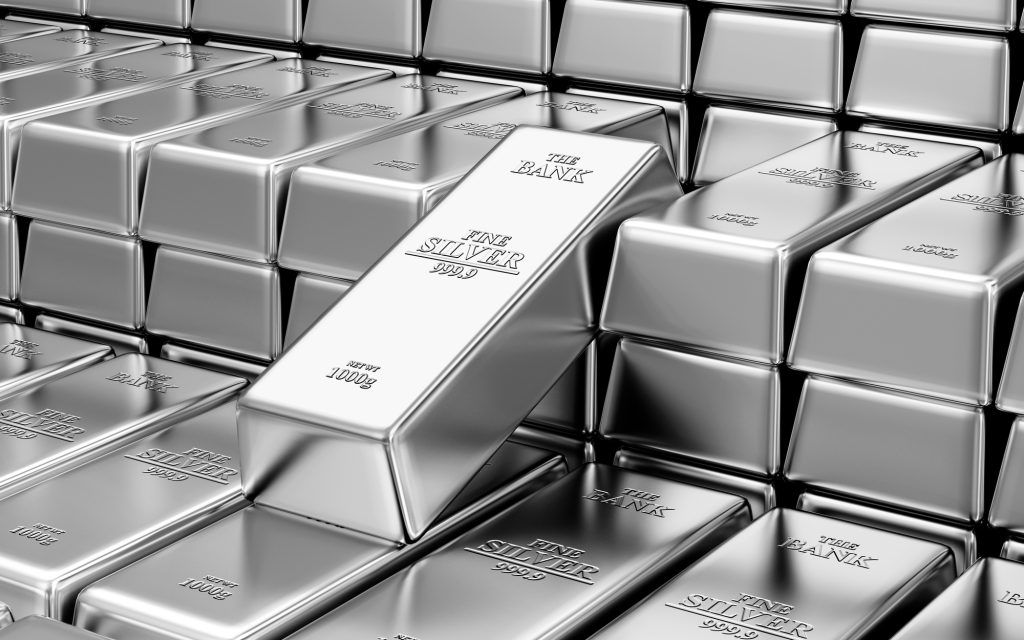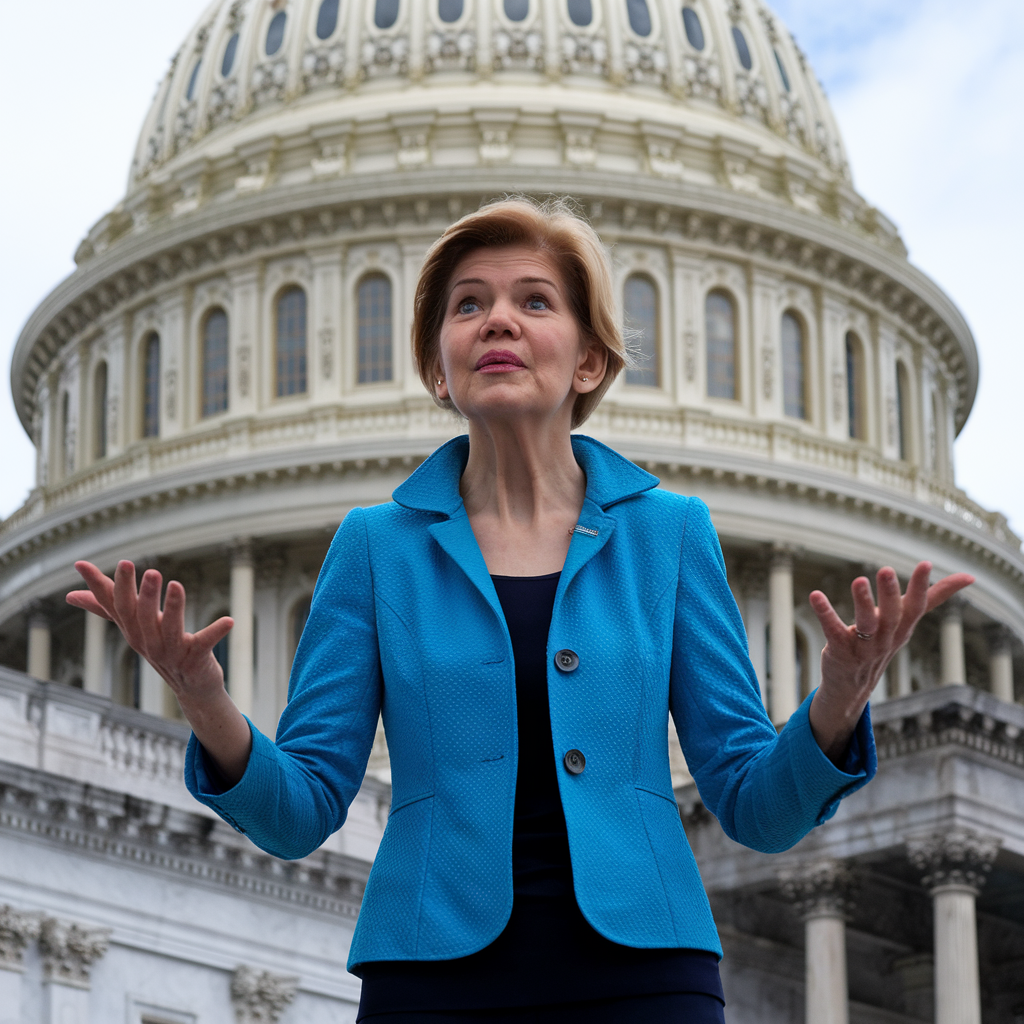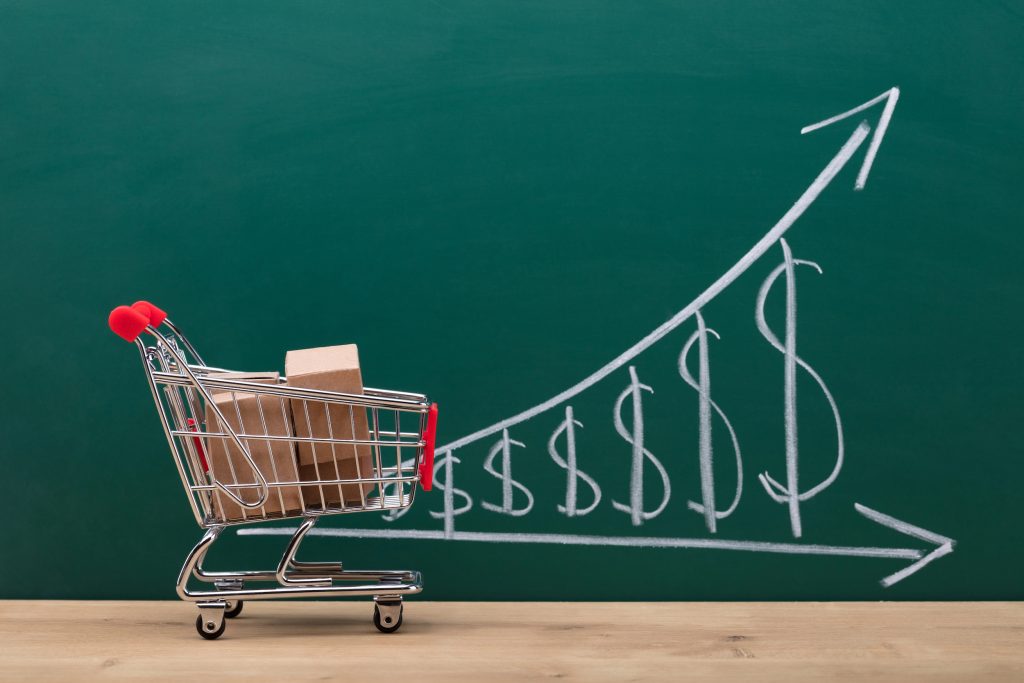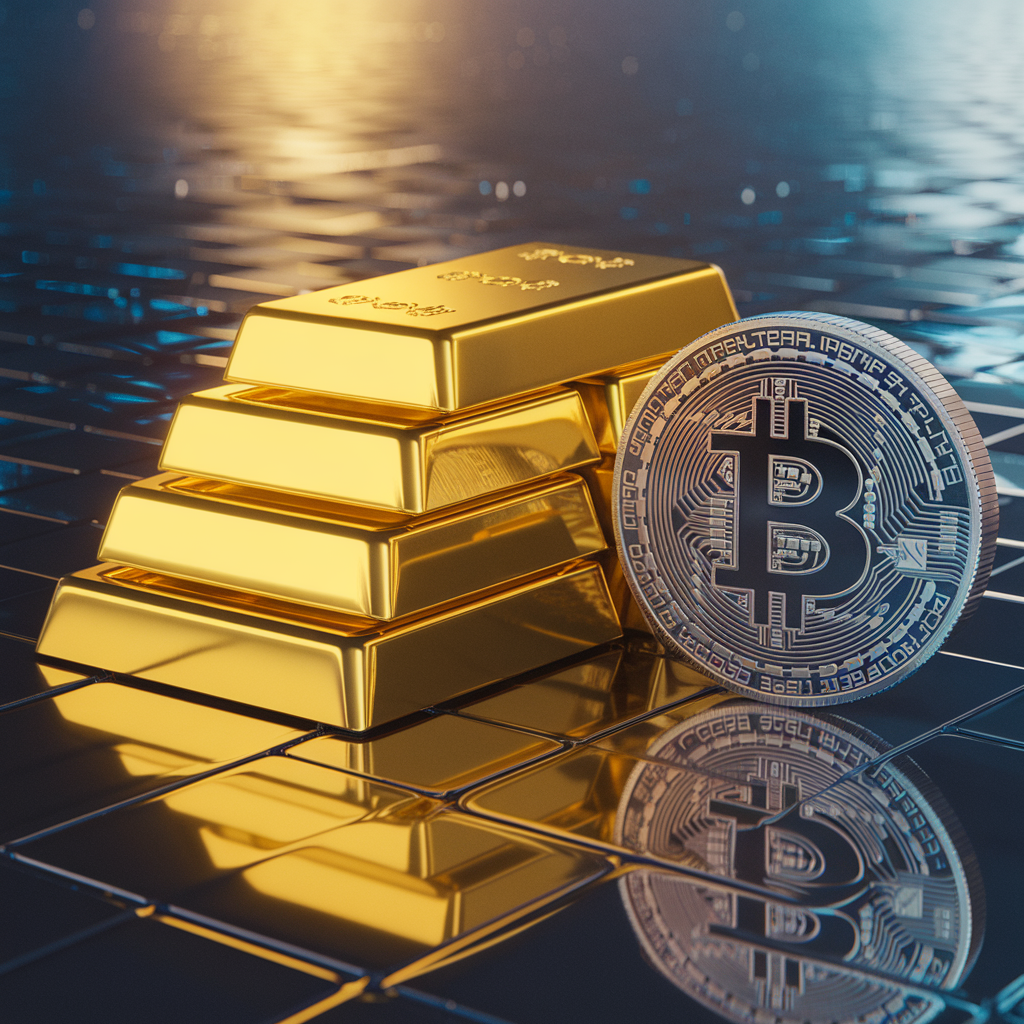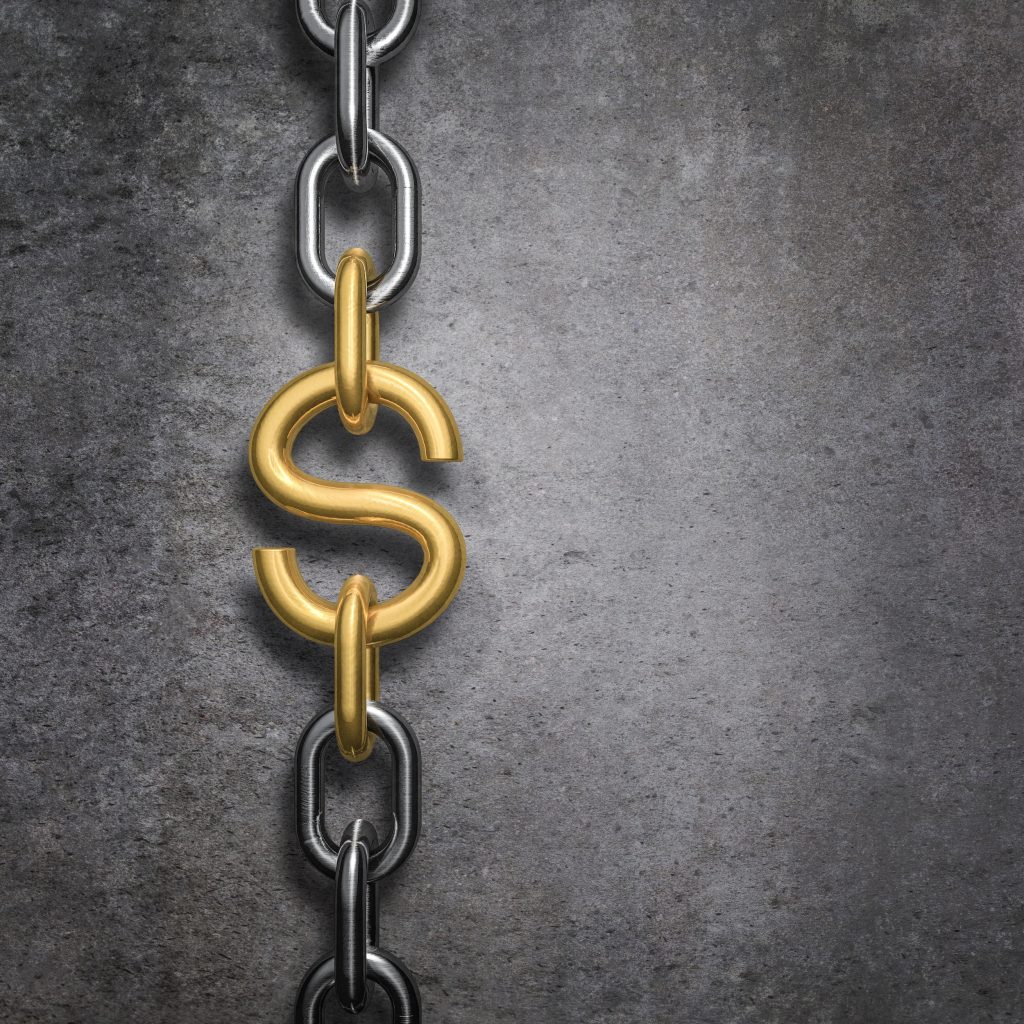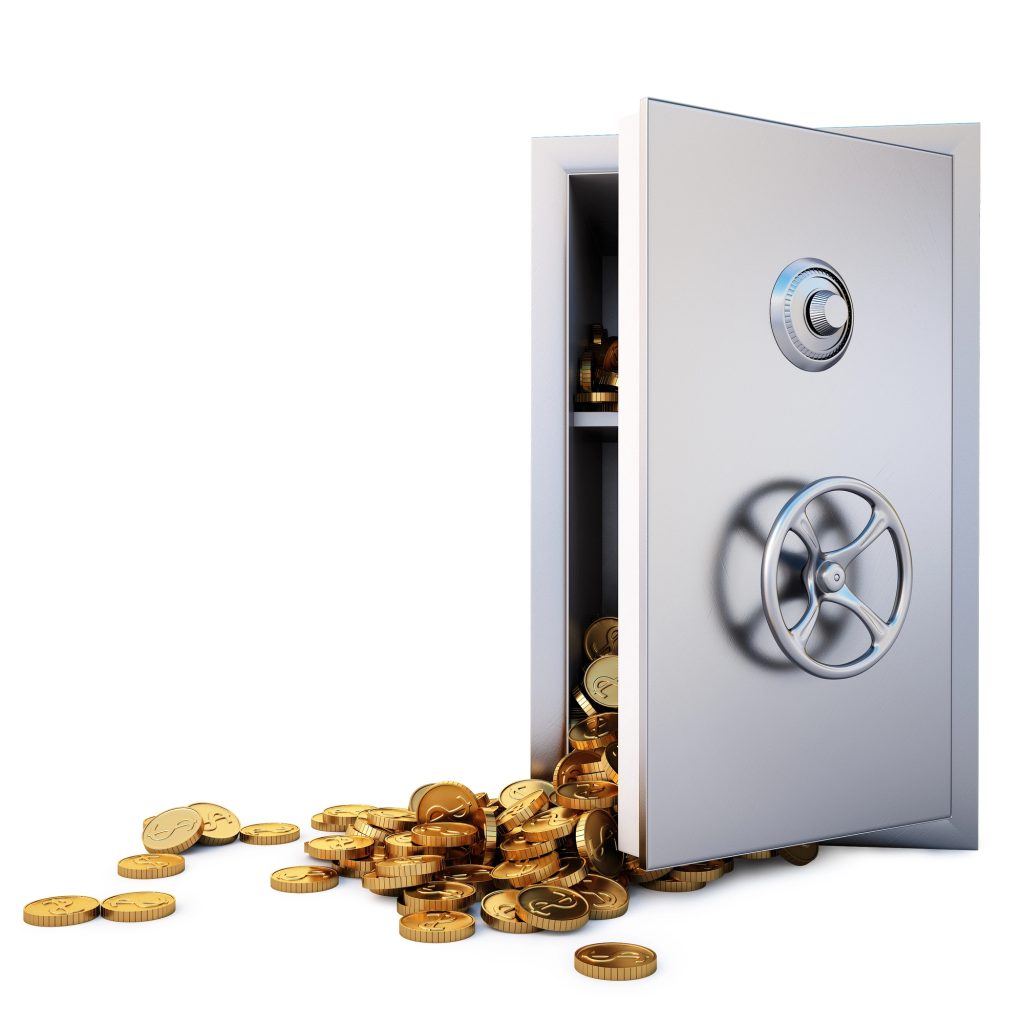In the 6th century BC, during the reign of Nebuchadnezzar II, Babylon flourished as a center of power, culture, and commerce.
We know this because the Babylonians were exceptional record keepers. And they chiseled everything down onto cuneiform tablets, many of which have survived through today.
Sadly the tablets aren’t tabloids. They don’t contain any juicy gossip or colorful stories of ancient times.
But they do offer extremely detailed– though often boring and mundane– records of everyday economic transactions, legal contracts, and administrative activities.
Just like future historians centuries from now should easily be able to see this evening’s closing stock prices for Apple and Tesla, we can also read about daily grain prices in ancient Babylon.
One important tablet from the reign of Nebuchadnezzar II highlights the interchangeability of gold and silver in Babylonian commerce. It records a transaction where 5 shekels of silver were considered equivalent to half a shekel of gold.
(The shekel was an ancient unit of weight approximately equal to 8.33 grams.)
This exchange rate implies a silver-to-gold ratio of 10:1.
The formal establishment of fixed exchange rates between gold and silver took a significant leap under Darius the Great in the mid-6th century BC.
Ruling over the vast Achaemenid Empire, Darius borrowed the concept of minting coins from the Lydians and introduced a bimetallic standard. He decreed that one gold “daric” coin was equivalent to 20 silver coins, creating one of the first examples of an official, fixed silver-to-gold ratio.
Over time, the ratio fluctuated due to advancements in mining techniques and changes in supply and demand. And by the era of Alexander the Great in the 4th century BC, the ratio had shifted to 13:1.
Similarly, in ancient Rome, Julius Caesar established a 12:1 ratio.
Even in the early history of the United States, The Coinage Act of 1792 legally defined the US dollar in terms of specific weights of gold and silver—1.604 grams of pure gold or 24.1 grams of pure silver—establishing a ratio of approximately 15:1.
Of course, today, the silver-to-gold ratio is whatever the market decides. Ever since the dollar was removed from the gold standard more than five decades ago, the market ratio between silver and gold has ranged from about 25:1 all the way up to 120:1. Right now it is about 85:1.
Many people have an idea about where this ratio should be. Some people think that it will inevitably fall back to 50:1 which would price silver at around $53 per ounce.
Silver could certainly rise to $53 and far beyond. But not because of some preordained ratio.
Remember, there is no fixed rule or law regulating the silver/gold ratio. There’s nothing stopping it from rising to 500:1.
And frankly I think it’s likely the ratio could rise much higher from its current 85:1.
Just think about the catalysts that could drive both gold and silver prices much higher.
Gold prices over the past few years have been pushed to all-time highs by central banks. And as I’ve argued, this is a pretty clear sign that they anticipate moving on from the US dollar as the global reserve currency.
As the US national debt continues to explode higher and the federal government appears increasingly dysfunctional, it’s becoming likely that the US dollar’s global dominance could come to an end within the next several years.
What does the post-dollar global financial system look like? What will the next reserve currency be? No one knows.
And that’s why central banks are buying gold. Because they have $8 TRILLION worth of US dollar reserves that they need to convert into something of value.
Gold, for now, represents that value. So central banks are buying it by the metric ton.
But (with minor exception) central banks do not buy silver. The market is too small, making it extremely difficult to invest billions of dollars all at once.
Silver prices are influenced more by industrial demand… and investor speculation. I’ll come back to that.
I’ve said before that a Kamala victory will likely spell the end for the dollar’s reign. This is a person who thinks that inflation is caused by “greed” and whose answer to every problem is more government spending.
The Harris deficits and inflation will likely be the proverbial straw that breaks the dollar’s back. And the consequent surge in central bank gold purchases could easily send the silver/gold ratio soaring past 200 or more.
Again, while 200 is far beyond the historical average, there’s no reason why it can’t be even higher. Historical averages are merely data points, not firm rules.
It’s far more important to pay attention to price catalysts. And gold has a major catalyst in central bank purchases.
That doesn’t mean the price of silver won’t rise. In fact, a climbing gold price alone is very like to increase the price of silver, simply because investors will speculate that it will rise.
This becomes somewhat of a self-fulfilling prophecy; investors buy an asset believing that it will rise. That increased demand causes the price to rise, encouraging more investors to buy.
We’ve seen this type of feverish speculation with plenty of asset classes in the past– including silver more than a decade ago.
But in the end, if there aren’t real demand fundamentals to support the price, the speculative mania always fades.
Bottom line, gold has clear demand from central banks that could send the price to absurd levels. Silver does not share the same catalyst.
Silver prices could absolutely skyrocket. But this would be far more likely due to temporary speculation (and those buyers tend to be finicky and sell quickly) rather than from true long-term industrial or investor demand.
